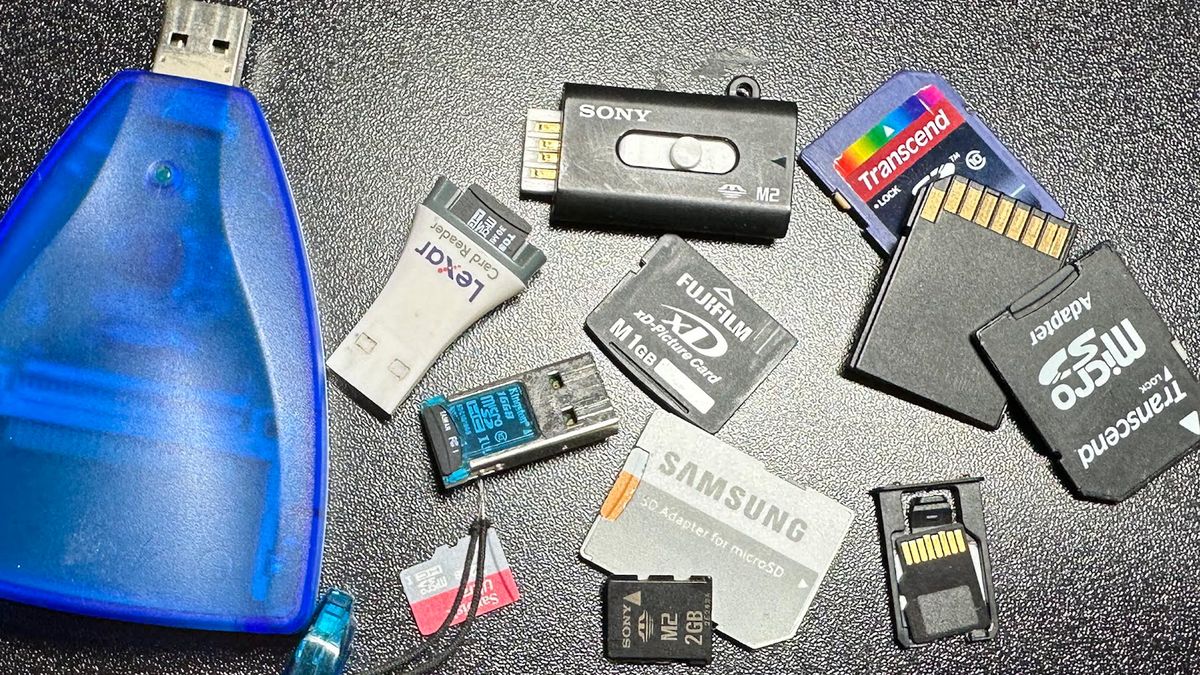A WWII Enigma machine with four rotors was sold at auction earlier this week, achieving double its estimated price. Christie’s in Paris said the auction lot was “one of the rarest and hardest Enigma machines to decipher” (machine translation).
This auction will have drawn in WWII and computer enthusiast collectors due to this sample being fully operational, complete with lead-acid batteries. It is also thought to be one of only eight working models remaining. This might explain why it achieved double the estimate, with an unnamed bidder paying €482,600 (US$555,233).
While interesting in its own right as a primordial encryption device, the WWII German military’s Enigma machines are probably most famous now for precipitating the development of computers.
Turing’s Bombe struggled with the enhanced 4-rotor Enigma (M4) machine
Code breakers at Bletchley Park in England were tasked with deciphering Engima machine messages that were used for command and control of the German Navy, particularly the stealthy submarine fleet.
British spies enjoyed early WWII secret message deciphering success with the special-purpose The Bombe, developed by Alan Turing and Gordon Welchman. This complex electromechanical device was designed to match the three‑rotor Enigma M3, using its own three-rotor system. But this system began to fall short once the German Navy introduced the four‑rotor Enigma M4.
German Admiral Karl Dönitz had ordered the development of the M4 (like this auction piece) in 1941 to bolster U-boat communications security. Breaking the M4 cyphers could still be done using the Bombe, but required the crucial help of captured codebooks and statistical reduction techniques.
Interestingly, the German military top brass reckoned “it was impossible for the Allies to decipher Enigma communications,” noted Christie’s. Allied successes in countering the U-boat fleet thanks to the application of The Bombe were apparently put down to a variety of false explanations – like espionage, radar, or simple good luck.
The Colossus programmable digital computer
Meanwhile, in 1943, Tommy Flowers completed the development of Colossus MK I. This was the first programmable electronic digital computer, though it was designed specifically to attack the Lorenz cipher, as used by communications from the German High Command.
The Colossus was quickly installed at Bletchley Park to break Lorenz cipher traffic, marking a new front in the cryptographic war. A faster Colossus Mk II was even introduced a year later, while the war still raged.

Follow Tom's Hardware on Google News, or add us as a preferred source, to get our latest news, analysis, & reviews in your feeds.

 1 hour ago
3
1 hour ago
3








 English (US) ·
English (US) ·